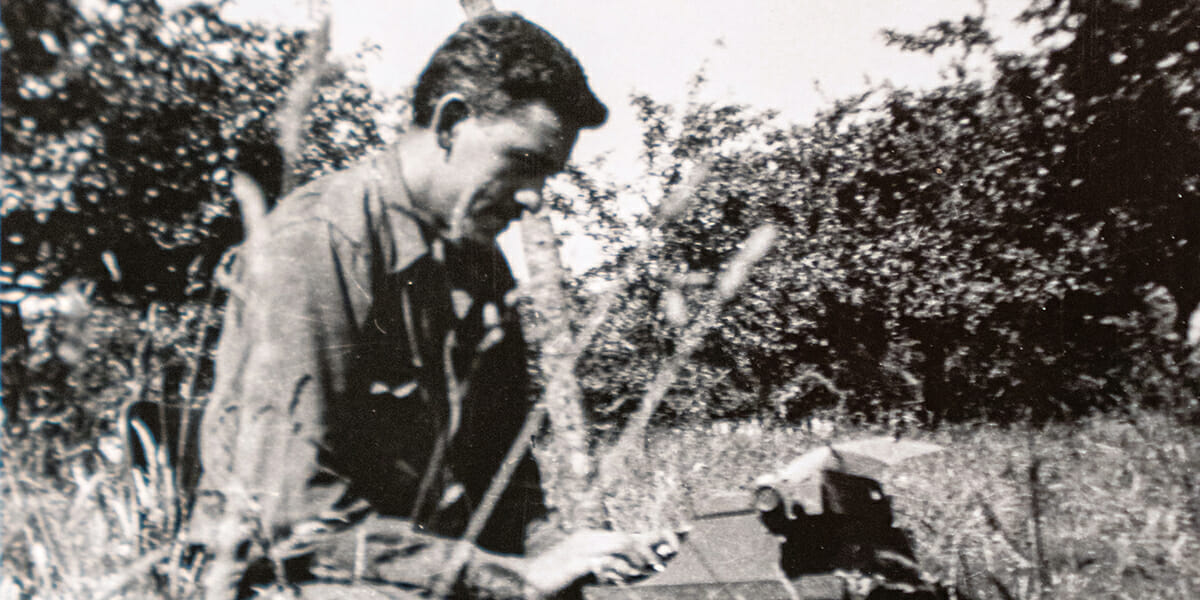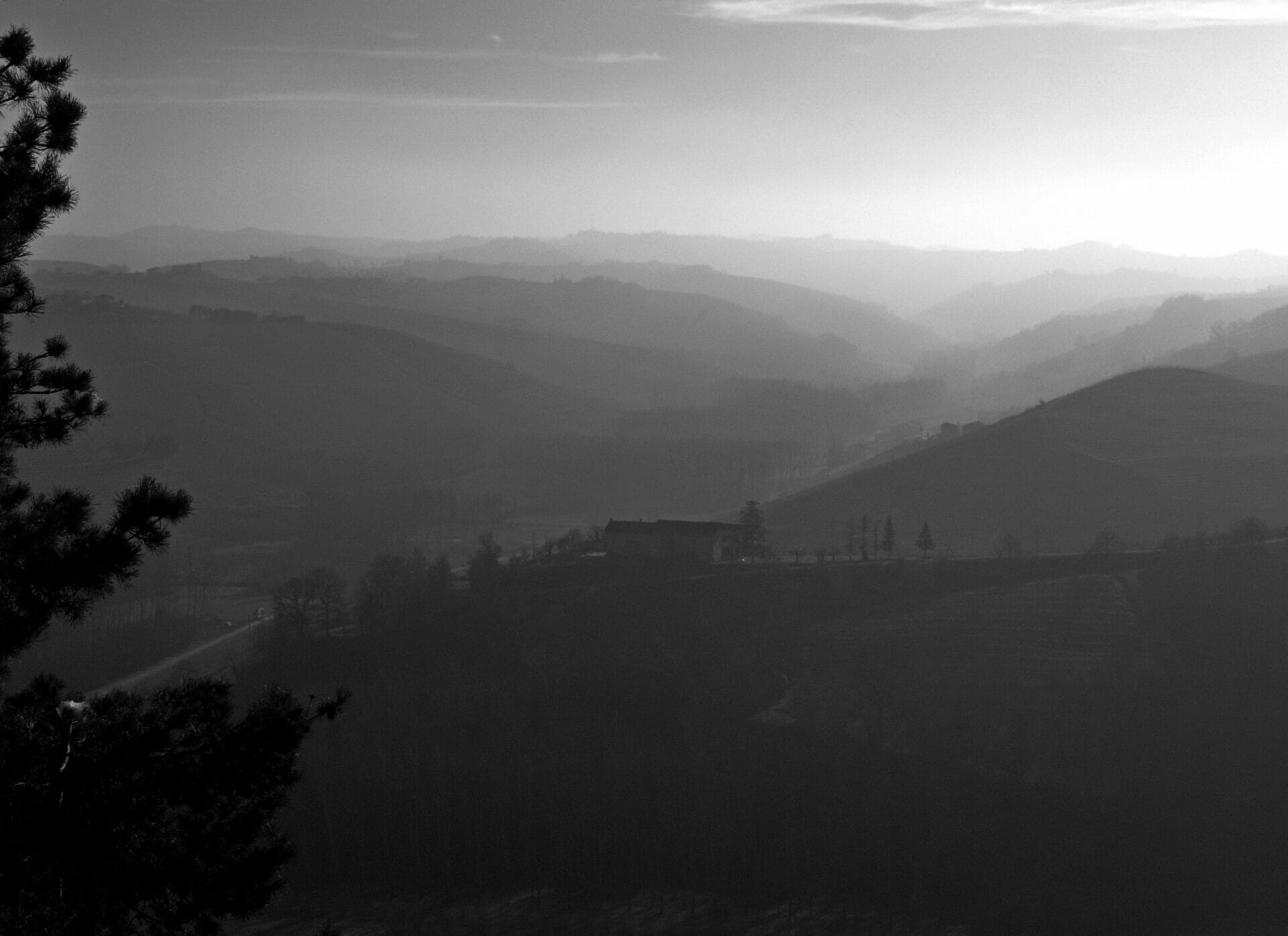
Seventy-seven years ago this week, at 6.41 am on the morning of 6th June 1944, Staff-Sergeant Jerome D. Salinger struggled through the cold grey surf off the Normandy coast. Alongside him, thousands of American troops were coming ashore on the strip of French coastline codenamed Utah Beach. But on that extraordinary morning of D-Day, as the Allied invasion of German-occupied Europe began, Salinger was accompanied by somebody else entirely. That person was to become one of the most celebrated anti-heroes of modern American fiction, and he was hidden in the backpack of Sergeant ‘Jerry,’ as his fellow soldiers called him. The mysterious person who’d also come ashore on Utah beach that morning was called Holden Caulfield.
Holden Caulfield goes to war
The 25-year-old, six-foot Salinger was carrying a large amount of equipment in his jeep and on his person – automatic weapons, ammunition, medical supplies, hand grenades – all the impedimenta of war. But he was probably the only American fighting man to come ashore on D-Day carrying six short stories, early drafts of the novel that was to be called The Catcher in the Rye. And the war Salinger fought in would profoundly affect his writing.
D-Day and World War Two in movies and on TV
Yet while Salinger and hundreds of thousands like him were fighting the war, the world movie industry was busy making films about it: countries ranging from Britain to Germany and the United States produced some 260 of them from 1939-’45. Some were morale boosters, some dramas, some were comedies, others just simple propaganda. The reality of combat, of course, is fiendishly hard to reproduce on film: Salinger was never to forget the war, and once famously told his daughter Margaret that “you never really get the smell of burning flesh out of your nose entirely, however long you live.”
To portray war accurately needs expertise, often huge casts and crews, and money. Experience in combat among the technical consultants helps enormously. So of the 1,300-odd films, and hundred and forty-five TV series made about the Second World War between 1939 to the present day, which portrayed most accurately what J.D Salinger and his fellow soldiers went through?
The moral choices in battle
The Young Lions, released in 1958, was a film that definitely did. Just one of forty-two films about WWII that premiered that year, it was directed by Edward Dmytryk and starred Marlon Brando and Dean Martin. Adapted from Irwin Shaw’s startlingly realistic 1948 novel, it focuses on the moral choices, lives, loves, and actions in the battle of three soldiers, a German and two Americans – one of them Jewish – which become entangled before and during the war.
The three characters converge in 1945 during the liberation of a concentration camp, echoing the experience of Salinger’s unit, the 4th Infantry Division. By the time the war ended, the author had seen combat in five countries, participated in the liberation of Paris, befriended Ernest Hemingway over cocktails at the Ritz, and slogged through the hellish fighting in the Hurtgen Forest in Germany in April 1945.
The most massive battle epic ever filmed
The Longest Day, released in 1962, would have been very familiar to Salinger, depicting as it did the events of D-Day in a star-studded, subtitled docudrama in three languages. Adapted from the 1959 best-selling book by Cornelius Ryan, it featured a staggering array of actors, from John Wayne and Sean Connery to Richard Burton and Henry Fonda, in what The Washington Post later described as “the screen’s most massive battle epic.” It quintupled its $7.5 million budget at the box office and was the most expensive black and white film ever made, until the appearance of Schindler’s List in 1993.
So by the time Lorimar production company released The Big Red One in 1980, the format of dramatic acting, attention to technical detail, and verisimilitude of script and story had been hammered out. Sam Fuller, who directed the movie, was himself a decorated World War II veteran who had served with the 1st U.S Infantry Division, nicknamed The Big Red One. The story follows an unnamed American army sergeant, played by Lee Marvin, as he leads a squad of soldiers through North Africa, Italy, Normandy, and the fighting in Germany. It shies away from gung-ho theatricals and concentrates on the human touch, from a scene where the soldiers help a French woman give birth inside a tank, to (again) the liberation of a concentration camp.
Hanks and Spielberg tell it how it was
These three films stood behind Steven Spielberg, when he directed Tom Hanks in the seminal 1998 war drama, Saving Private Ryan, in which the Oscar-winning actor plays a U.S. Army Ranger Captain on a secret mission behind German lines in Normandy. It grossed nearly three-quarters of a billion dollars on its release and earned itself twelve Oscars nominations, winning five. Most of the critics consider the harrowingly bloody 24-minute opening sequence on Omaha Beach on D-Day as one of the most compellingly accurate depictions of war.
From cinema to the TV screen
Hanks and Spielberg then joined forces as executive producers, culminating in the 2001 HBO extravaganza Band of Brothers, at the time the most expensive TV miniseries ever developed by any network, with a budget of $125 million. Adapted from historian Stephen Ambrose’s book, it tells the story of Easy Company from the 506th Parachute Infantry Regiment, of the 101st Airborne Division, a close-knit unit of American paratroopers fighting from the invasion of Normandy to the end of the war in Austria in 1945. Stars included Damian Lewis, Donnie Wahlberg, and David Schwimmer, and it set a new benchmark of verisimilitude, human drama, and accuracy. Nominated for twenty Primetime Emmys, it won seven.
Meanwhile, photographs still survive of J.D Salinger from that summer of combat in France in 1944: they show not just the soldier, but Salinger the author in action, writing away at a camp table in a French field. Holden Caulfield was in his mind, yet the experiences of the war around him, as represented so well in the above films, were too. It helped shape not just his most unforgettable character, but the author himself.

Normandy, France, 1944 – The New York Public Library
Random House published J.D Salinger: A Life, by Kenneth Slawenski, in 2011. Slawenski is also the creator of a Salinger website, entitled www.deadcaulfields.com.








